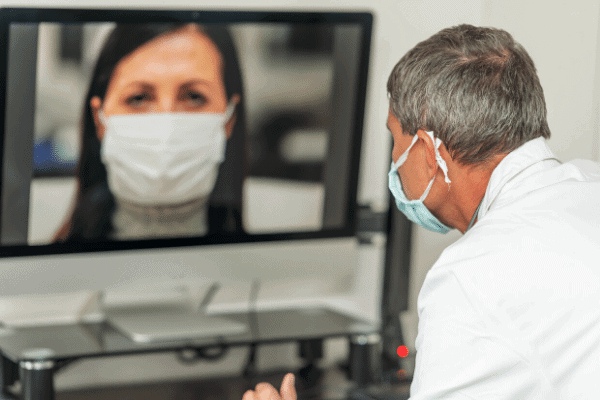
@ShahidNShah


Today’s healthcare consumers are more in touch with their care than ever before and demand convenience, speed, and transparency with their medical records. As a result, telehealth has gained widespread popularity over the last several years.
Now, telehealth is much more than just a quick video chat with a physician. Telehealth 2.0 is here – and virtual care has become an extension – or even a replacement – of in-person health services.
Online patient care coordination relies on a network of systems that work together in addition to proper education and support for those who require it. Ultimately, its success relies on technology to help healthcare organizations seamlessly move from a face-to-face patient experience to a remote one.
Devices connected to the “Internet of Medical Things” as well as Electronic Health Records (EHRs) and data analytics tools are susceptible to hacking due to security vulnerabilities.
Continue reading at healthcarebusinesstoday.com
Value-based care, a model that prioritizes patient health quality outcomes versus patient services volume, has the potential to be a silver lining of this pandemic. While once thought to be a lofty, …
Connecting innovation decision makers to authoritative information, institutions, people and insights.
Medigy accurately delivers healthcare and technology information, news and insight from around the world.
Medigy surfaces the world's best crowdsourced health tech offerings with social interactions and peer reviews.
© 2025 Netspective Foundation, Inc. All Rights Reserved.
Built on Apr 28, 2025 at 12:52pm